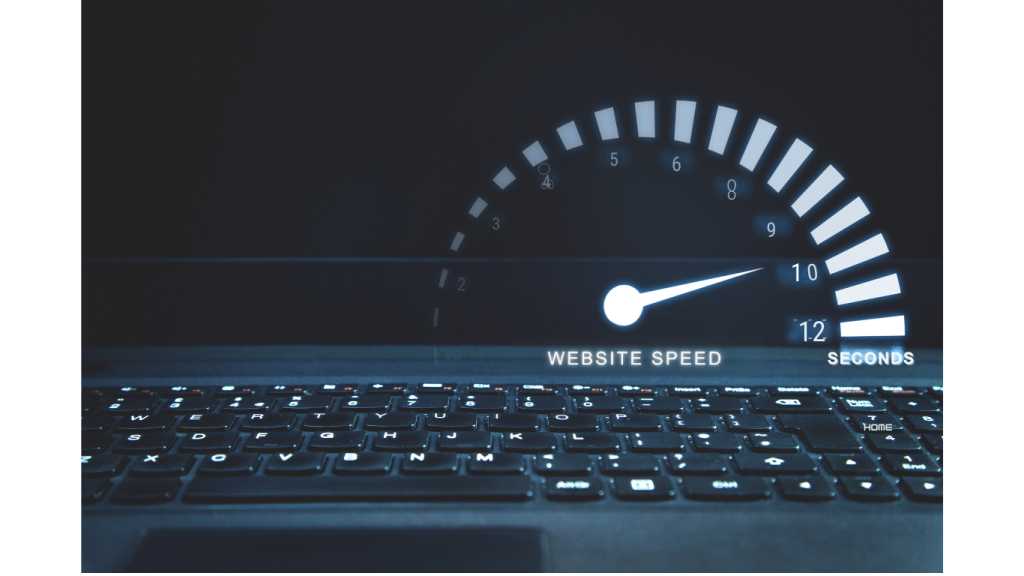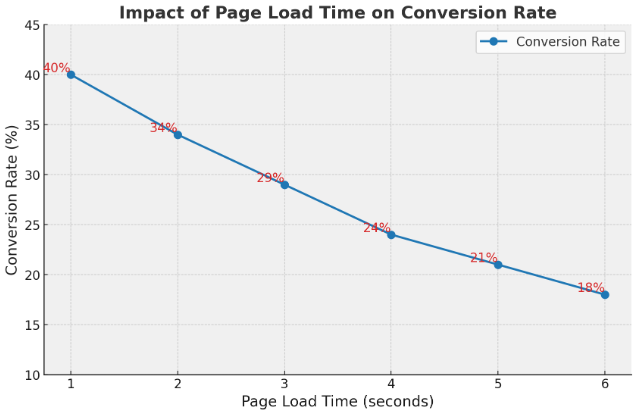|
Getting your Trinity Audio player ready...
|
Every tech invention was made to save time for its users.
For instance, typewriters were a standard fixture in most offices up to the 1980s, after which they were largely replaced by personal computers running word-processing software.
The invention of email changed communication, eliminating the need for physical mail and significantly speeding up the exchange of information.
Communication, navigation, and information access are all integrated into the smartphone.
Constant access to cash by automated teller machines (ATMs) has sped up and improved the efficiency of banking.
Finally, the internet has completely transformed how we share and access information, which has sped up research and learning compared to the days of physical books and libraries.
Technology has revolutionized how we communicate, work, learn, and perceive reality.
Everything happens fast, and we can communicate with the other side of the world in the blink of an eye.
This rapid pace has undoubtedly affected how humans perceive time.
If you’re running a business online or generally using a website, this should concern you.
Multiple studies have demonstrated that site speed affects conversion rate (or, the rate at which users complete a desired action).
Not only do more users stay on fast-loading sites, they also convert at higher rates compared to slower sites.
Many companies have found that a decrease in page load time of a few milliseconds increases conversions:
Mobify found that decreasing their homepage’s load time by 100 milliseconds resulted in a 1.11% uptick in session-based conversion
Retailer AutoAnything experienced a 12-13% increase in sales after cutting page load time in half
Walmart discovered that improving page load time by one second increased conversions by 2%
Some say that ideally, your website’s load time should be less than 2 seconds.
Humans aren’t patient anymore; they are programmed to do things fast because of technology.
So, how can you make sure as a website owner that you have the right speed rate for the visitor to be satisfied?
In this blog post, we will explain how load times, conversion rates, and sales are all connected and how you can use this knowledge to your advantage.
What is website speed?

Website speed or loading time refers to the time it takes for a website to become fully functional when a person tries to visit it.
This usually involves the time it takes for all the elements on the page like text, images, videos, and interactive features to appear and be ready for use.
Almost 75% of respondents said page speed affects a person’s ability to shop online at a retailer.
To understand better, allow me to paint you a picture…
Let’s say you’re at a coffee shop and you want to order your favorite drink.
You are happy there is no line so you rush in with a smile on your face.
You step up to the counter, but to your surprise, the barista starts moving too slowly instead of taking your order right away.
They take their time to greet you, then a few minutes to find a pen, and even longer to finally take your order.
When they start making your coffee, you’re already frustrated and thinking about leaving to find another coffee shop.
The same goes for exploring the website for your business, this is why you need to boost that site speed if you haven’t already.
If you fulfill this need then you will be rewarded.
Search engines rank web pages according to how well they meet the demands of users.
These requirements cover topics like the page’s ease of navigation, loading speed, and virus presence.
These demands include things like loading speed, ease of navigation, and whether or not the page contains malware.
How do you measure this speed?

The best way to measure your website speed is to use a well-known tool like Google PageSpeed Insights, GTmetrix, WebPageTest, Pingdom Website Speed Test, and Lighthouse..
They analyze your website performance, provide detailed reports, and offer recommendations for optimization.
Search engines rank web pages according to how well they meet the demands of users like the page’s ease of navigation, loading speed, and virus presence.
What are the factors that affect website speed?
File size and Images
High-quality images make pages look classy, but it is also high-quality images that reduce load speed, which negatively impacts SEO.
You need to ensure that you are using the right file formats because large images will slow down your web pages which eventually leads to visitor frustration and poor user experience.
A single page of plain text could take up as little as 4KB of space. A full-page image is more likely to take up 80KB to 100KB even if properly optimized.
Using either a plugin or script will speed up the load time of the page.
Poorly structured code
When a website developer structures these codes incorrectly, it can harm website speed and loading time, also confuse search engines, and end up in poor organic rankings.
Connection speed
A fast internet speed leads to quicker loading of web pages, improving user experience and increasing the likelihood that users will stay on a site.
Server/Hosting platform
No matter how much website optimization you do, you will never beat your competition if your website is stored on a poor server.
When looking for a web hosting provider, ensure they offer an uptime of 99.5% – 99.9%.
Now, if your website is generating traffic from multiple sources, you should install a content delivery system (CDS), which would speed up load times by delivering your material to the user from the server that is closest to them.
Lastly, web hosting may also slow down your website if the provider cannot cope with slight increases in HTTP requests, including adding new plugins.
Mobile optimization
On average, people spend 3 hours and 15 minutes on their phones each day.
Individuals check their phones 58 times a day.
With most users going online through mobile devices, making sure that your website is optimized for mobile has never been more critical.
To optimize mobile performance, you should minimize resources such as HTML, CSS, and Javascript while also minimizing redirects.
Google uses the mobile version of a webpage as the primary reference point.
If content is not accessible on mobile devices, it runs the risk of being overlooked in search results.
A website optimized for mobile devices is vital to competing online, and a big part is ensuring that it is responsive, accessible, and loads fast on mobile devices.
The science behind consumer behavior, page speed, and how it affects the conversion rates
Users are more likely to abandon a site if it lags in loading, which leads to higher bounce rates and decreased engagement.
They demand rapid access to content and they have less patience for slower-opening pages.
According to Google, if a website takes more than three seconds to load, more than half of users will abandon it and look elsewhere.
This proves that most of the users are looking for instant gratification.
Because of their high performance, websites like Google and Amazon forced us to set such gigantic expectations.
Their loading speed became normal to the point we are now conditioned to receive immediate results from every site or else we gradually lose interest.
One other thing is the human attention span, getting limited and decreasing over time partly due to technology and social media…
According to portent, a lead generation site that loads in 1 second has a conversion rate 3x higher than a site that loads in 5 seconds, and 5x higher than a site that loads in 10 seconds.

However, an e-commerce site that loads in 1 second has a conversion rate 2.5x higher than a site that loads in 5 seconds.
When a page loads in just 1 second it means that the average conversion rate is nearly 40%, if we add 1 second to that loading it should drop 6% of the conversion rate.
By the time the load time reaches 3 seconds, the conversion rate is at around 29% and hits its lowest point with a 6-second load time ( 18%).

Now you know that users expect instant access to information.
A slow-loading website only means driving away your customers.
On the other hand, a fast and responsive one not only keeps your visitors but improves their overall experience which leads to the possibility of more sales.
You also understand that a high mobile score means more visibility to your website, thus more organic traffic and ultimately higher sales and also a decreased bounced rate.
This term refers to the number of visitors who aren’t interested and didn’t find the content engaging, relevant, or user-friendly.
A bad/high bounce rate = a higher percentage of visitors leaving the website after viewing one page.
The good news is that improving your site speed has been proven to decrease it.
A study by 55 & Deloitte found that a mobile speed improvement of just 0.1 seconds for an informational page decreased the bounce rate by 8.3% for 1 in 2 lead generation sites.
So if you have already optimized your site speed, good for you! you’re on the right, but if not…why wait?
Take action right now and watch your conversion rates shoot up.
Now more than ever is your chance to leave your competitors to the dust, and by implementing what you read today, I believe you will!




